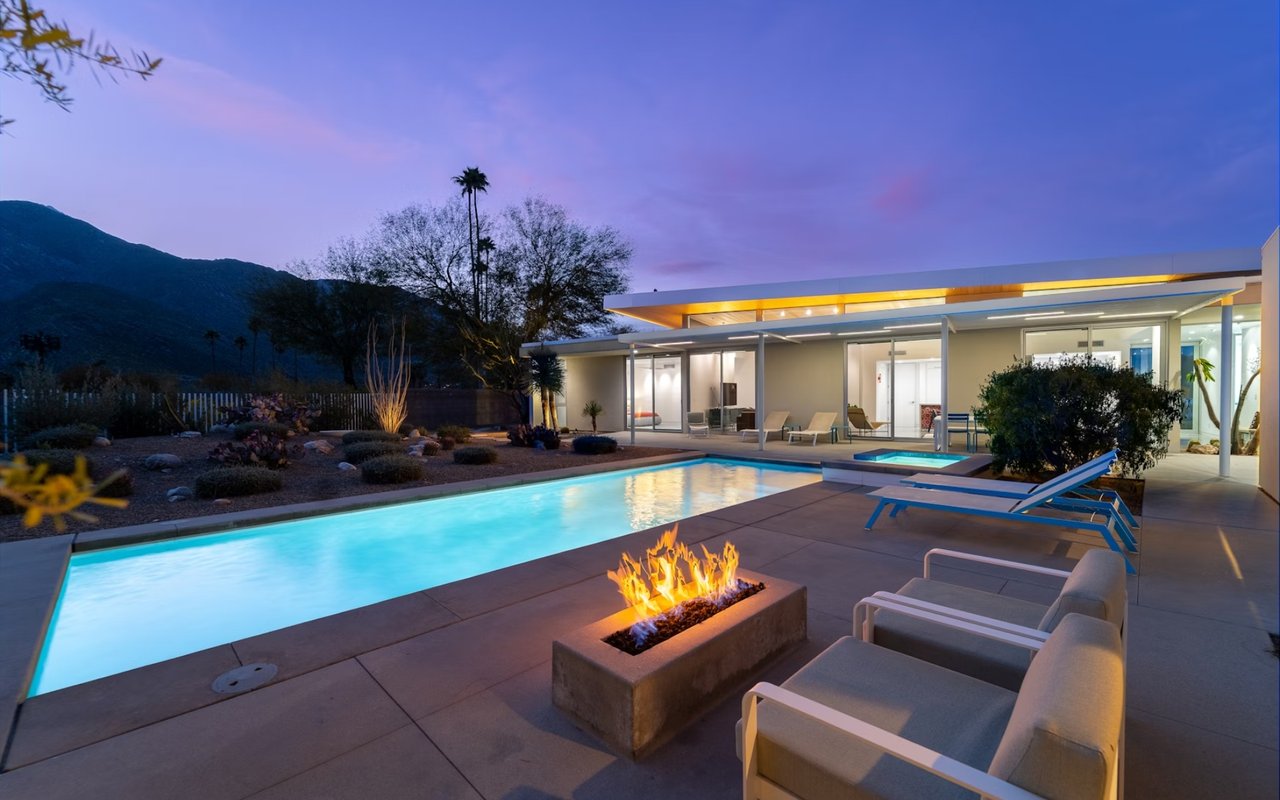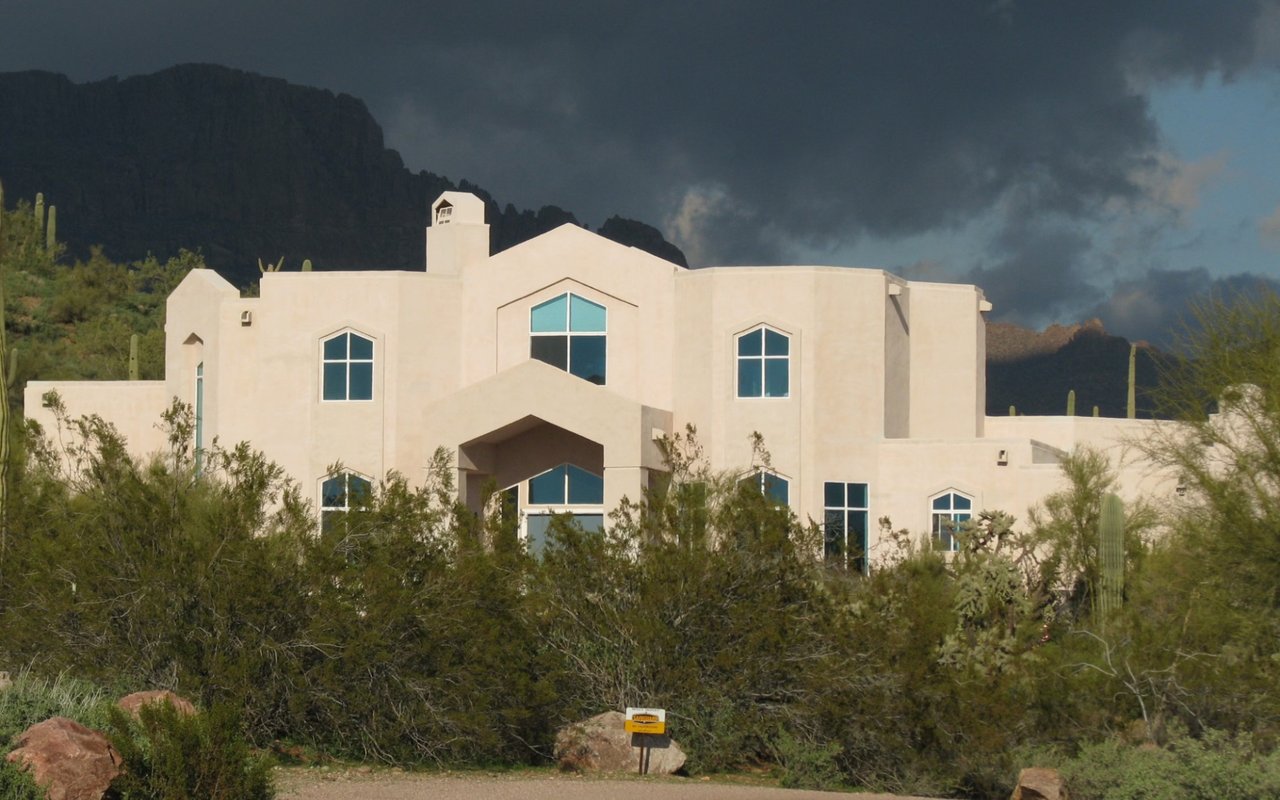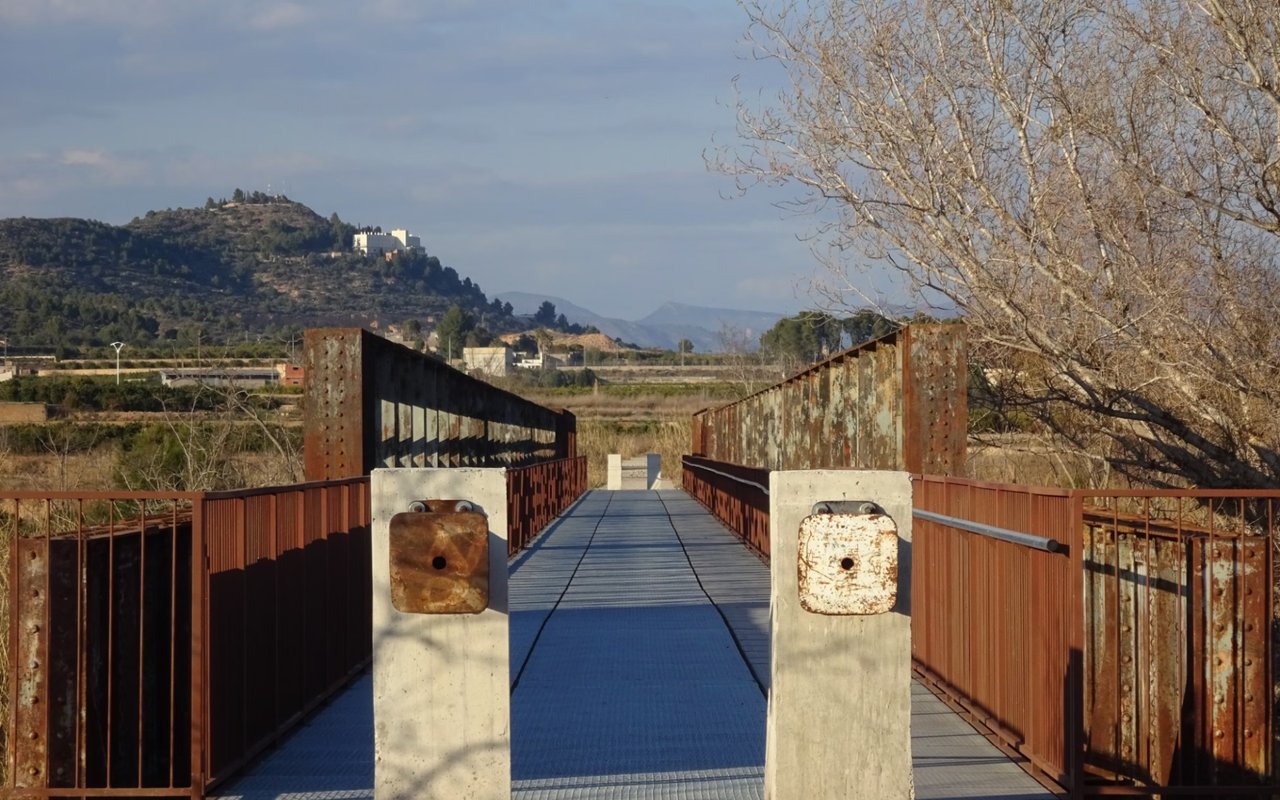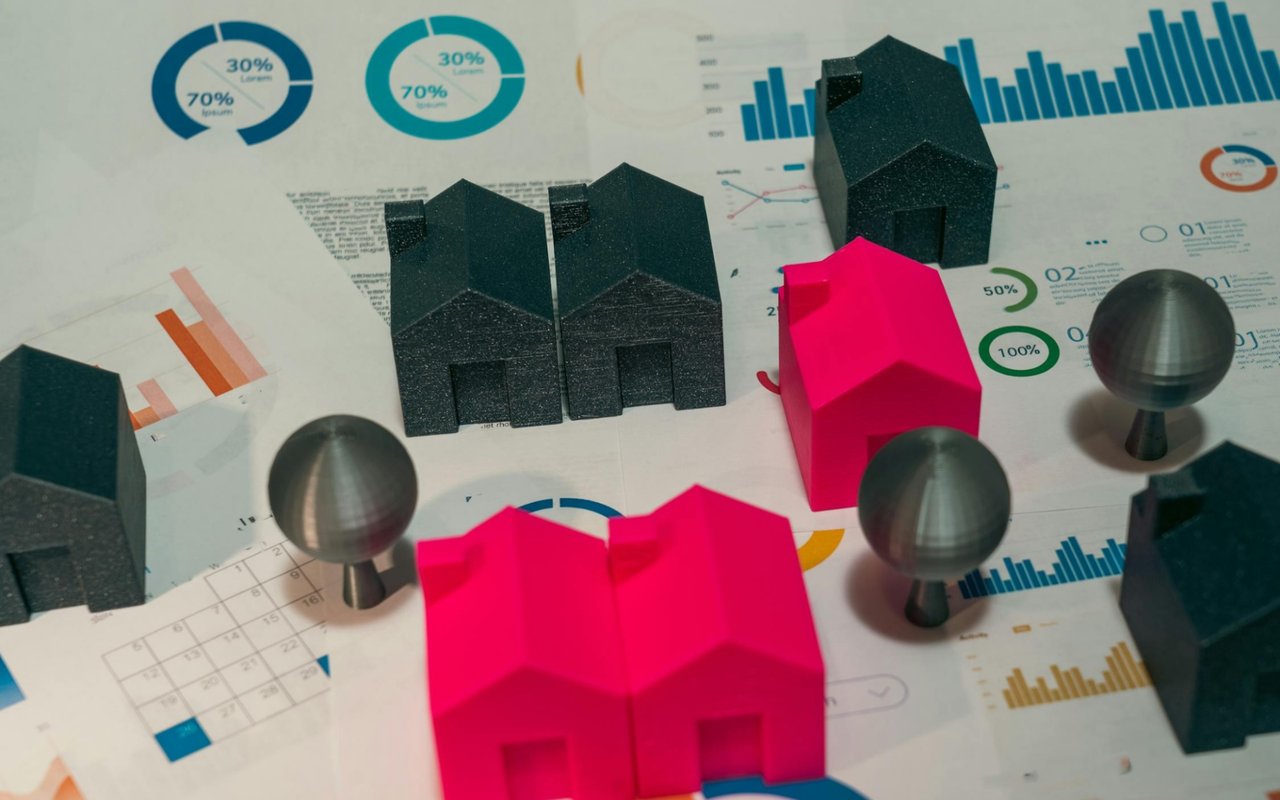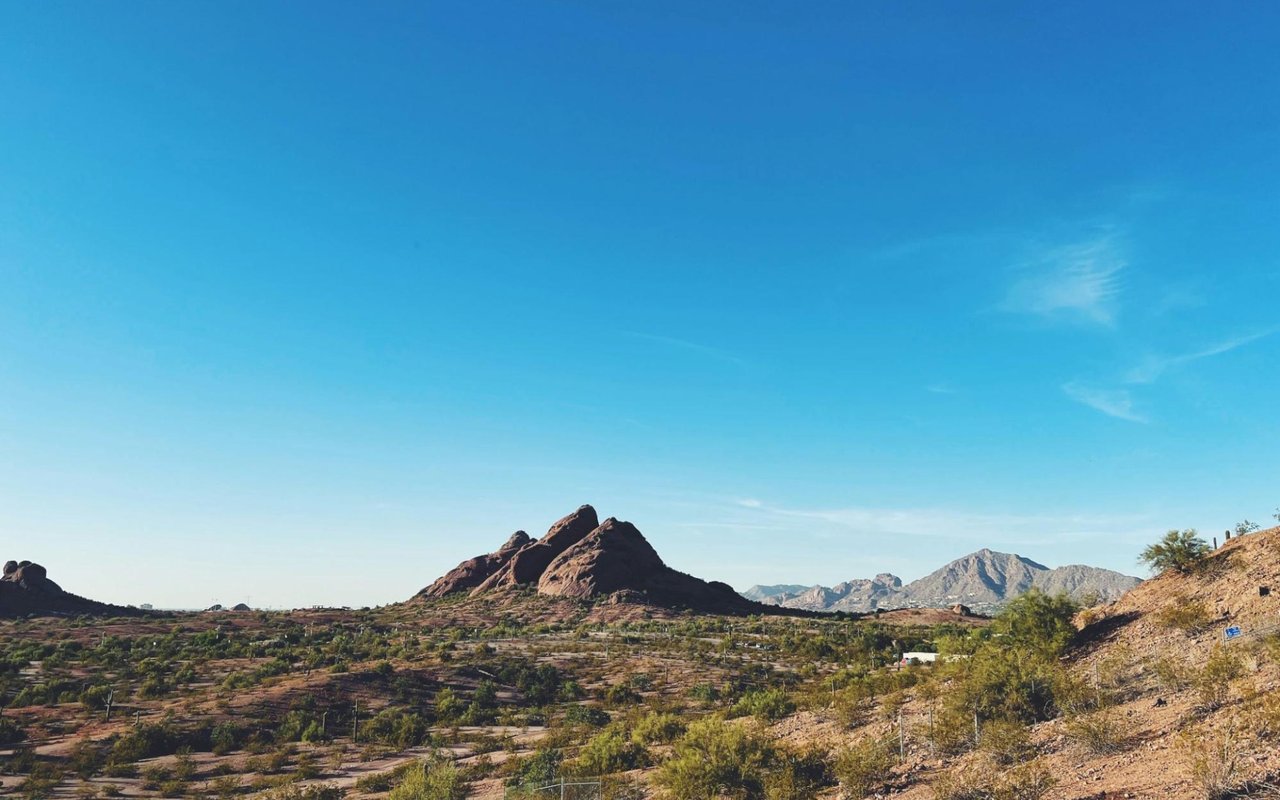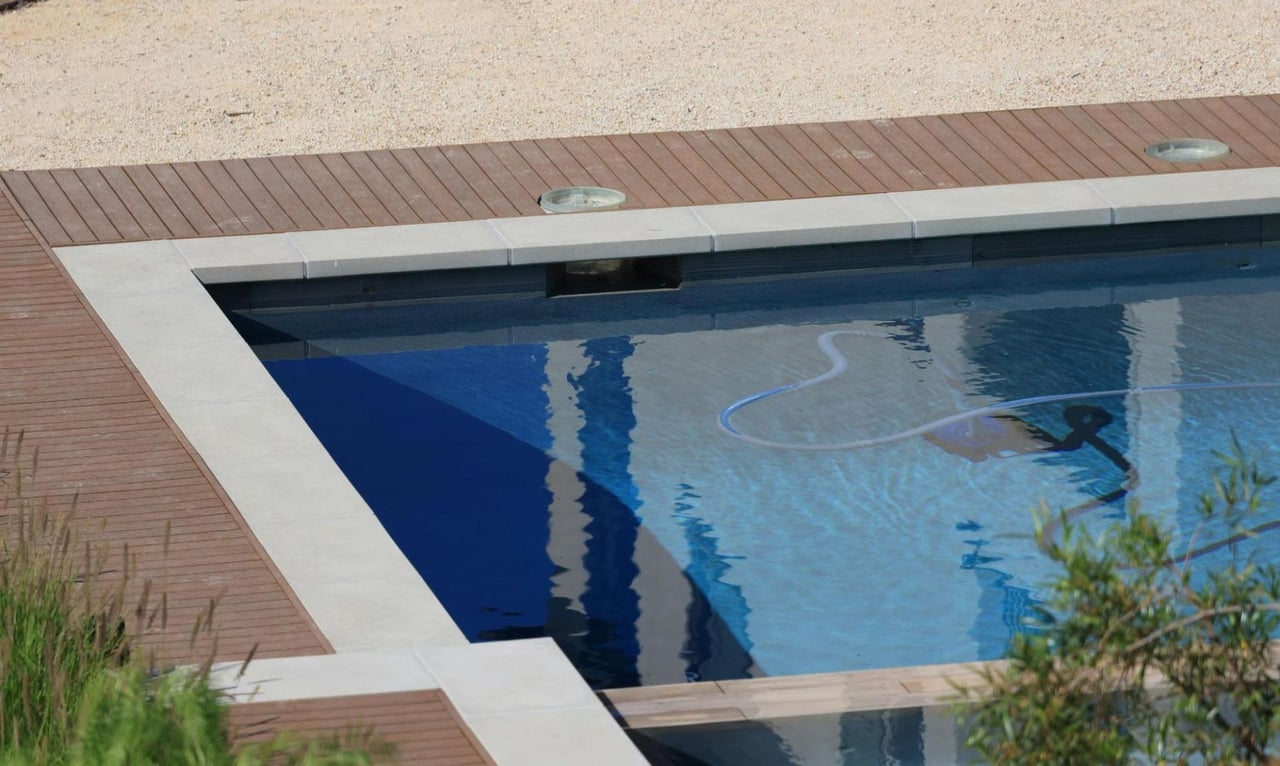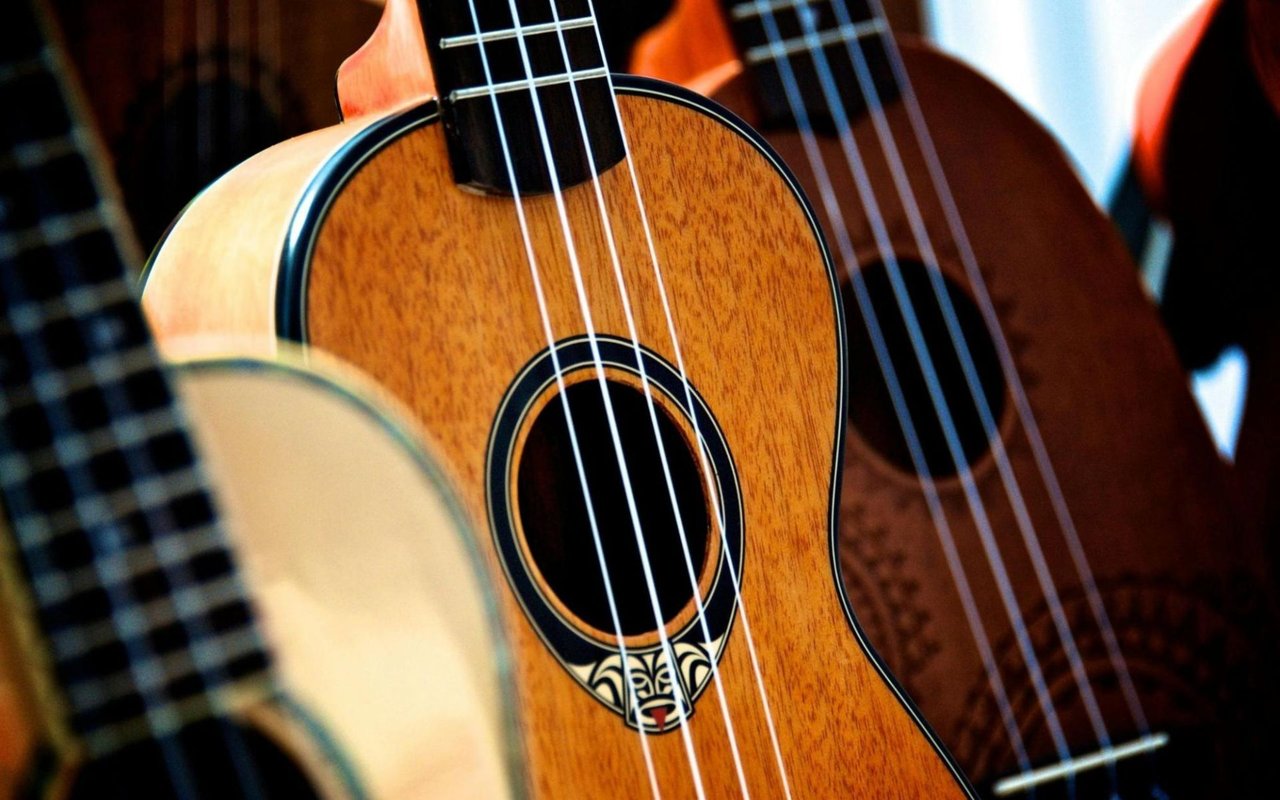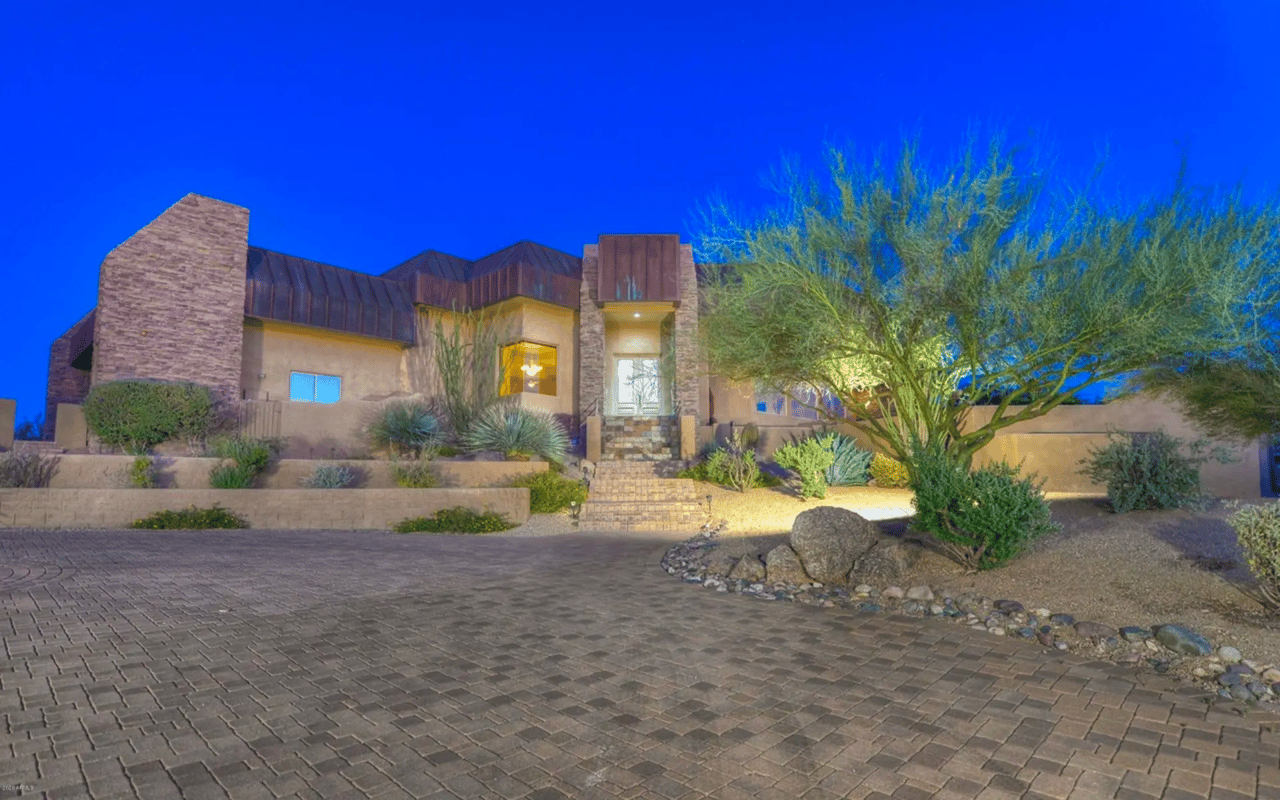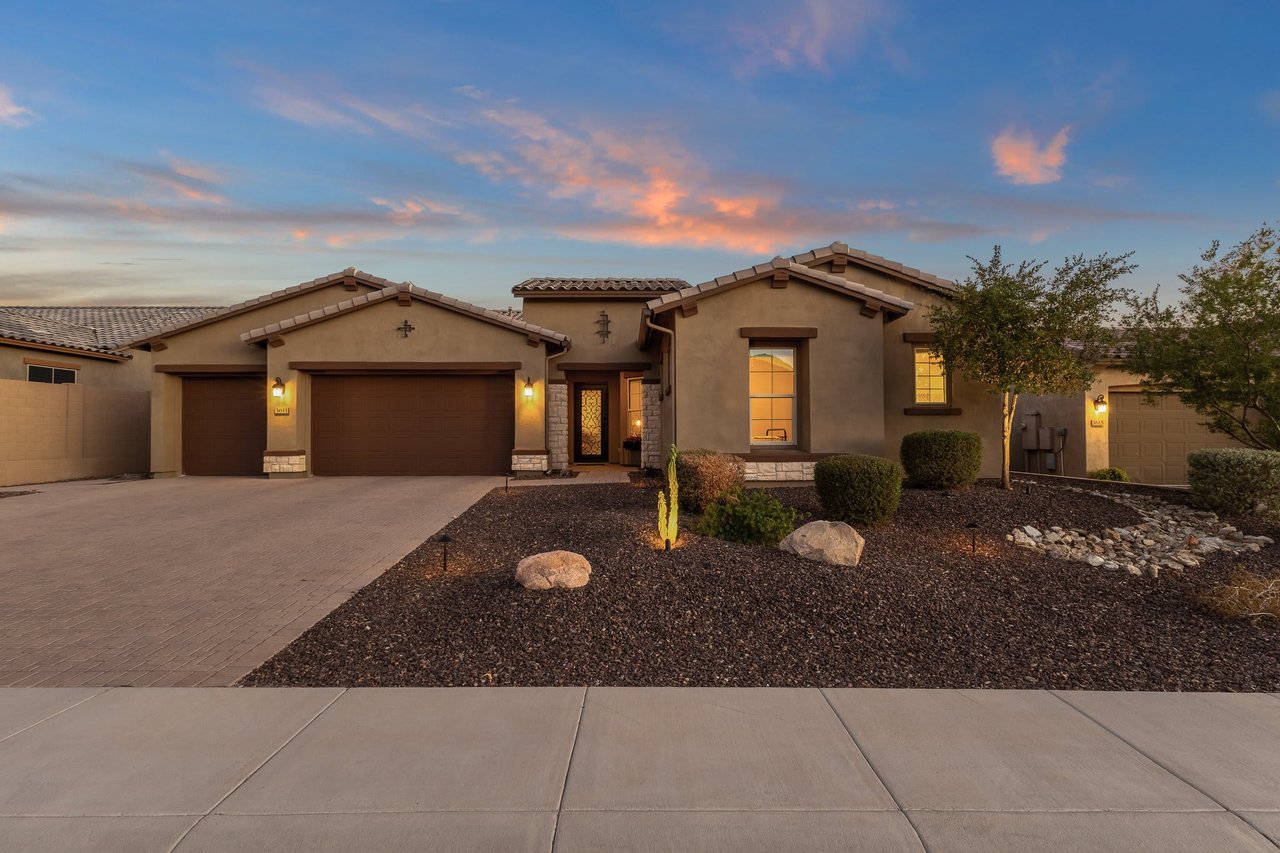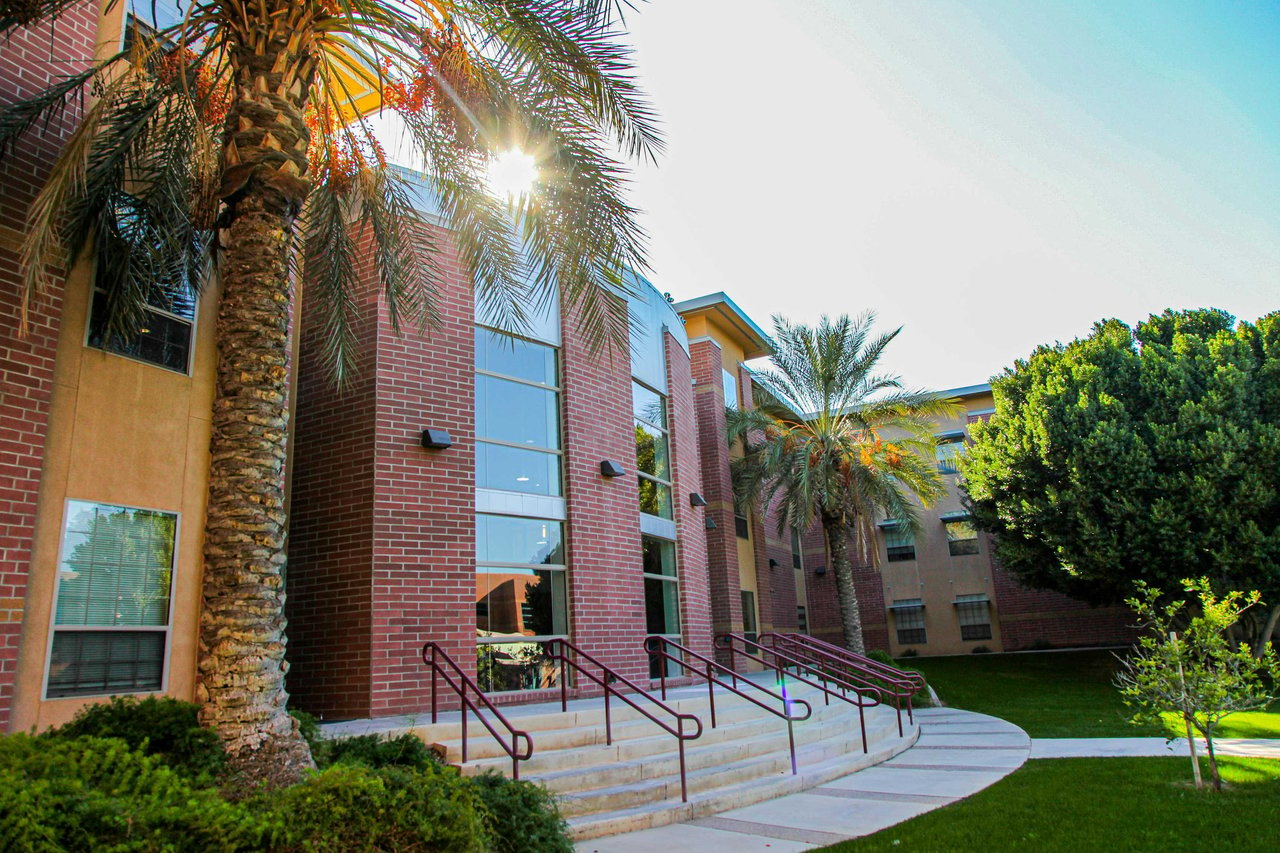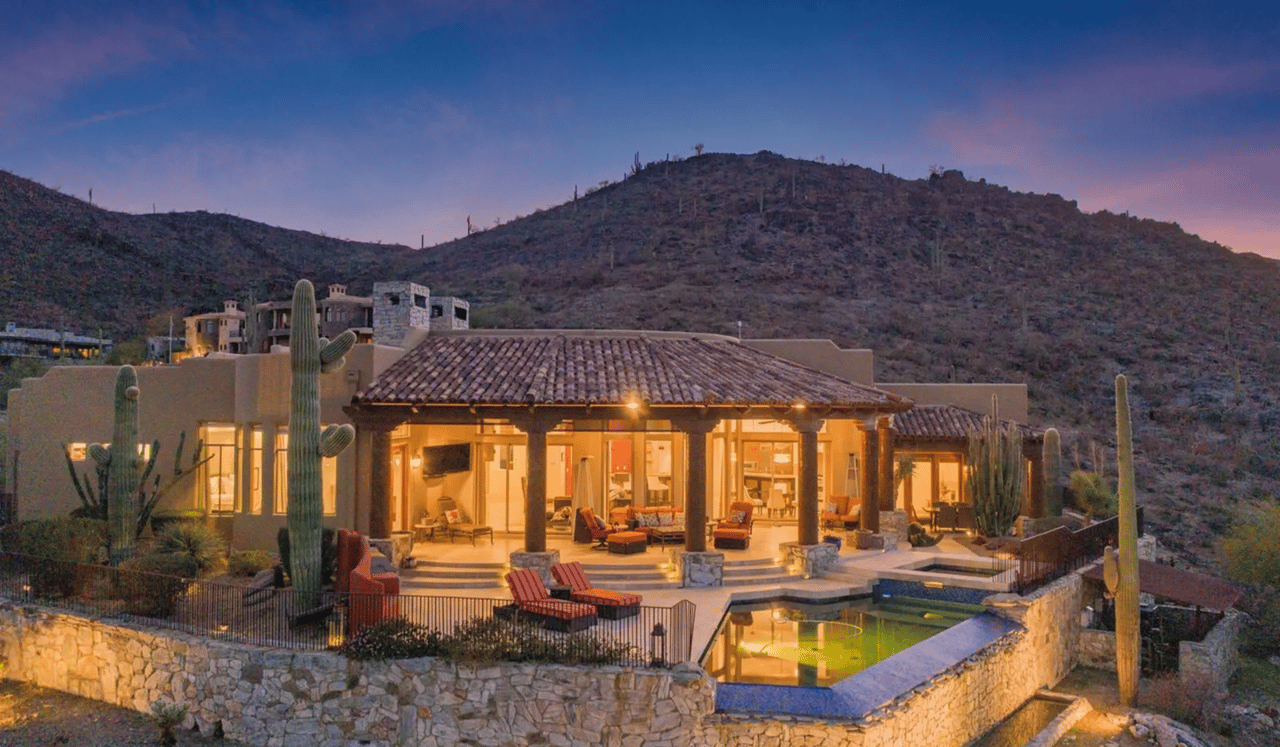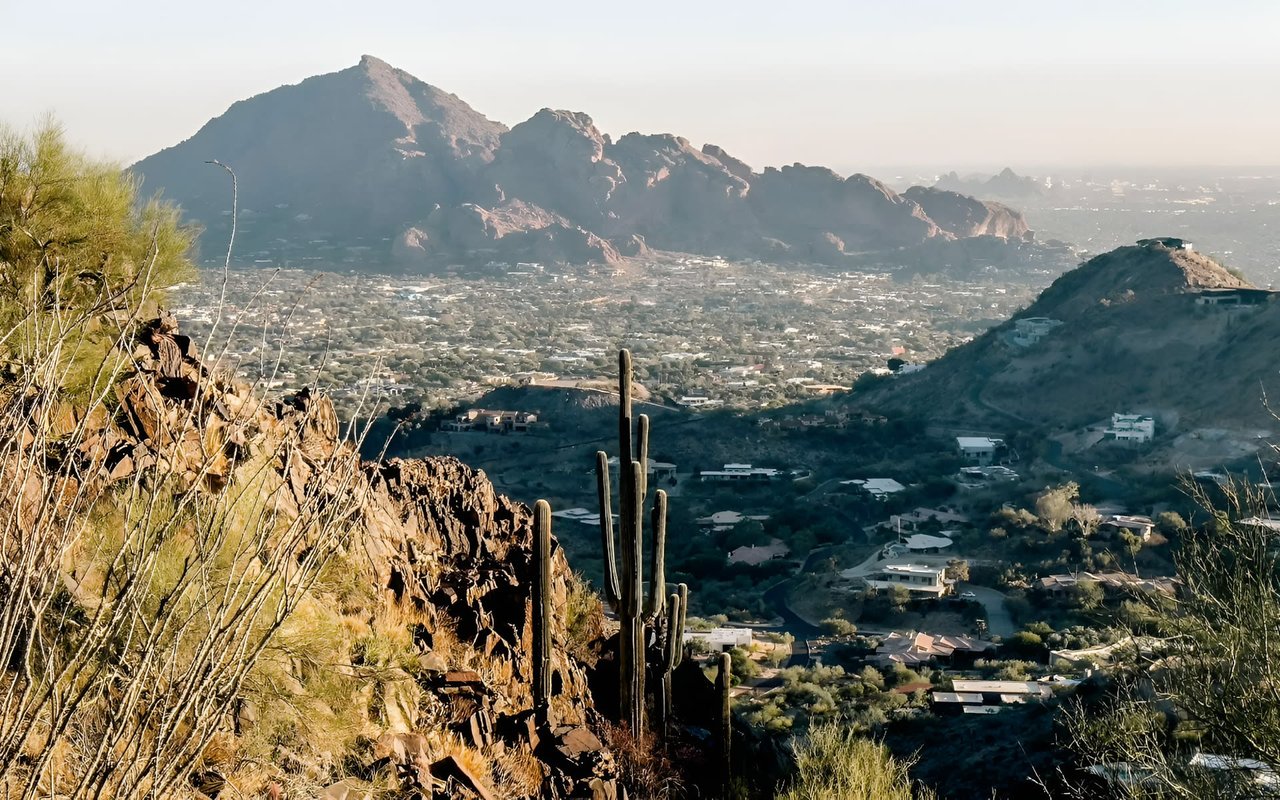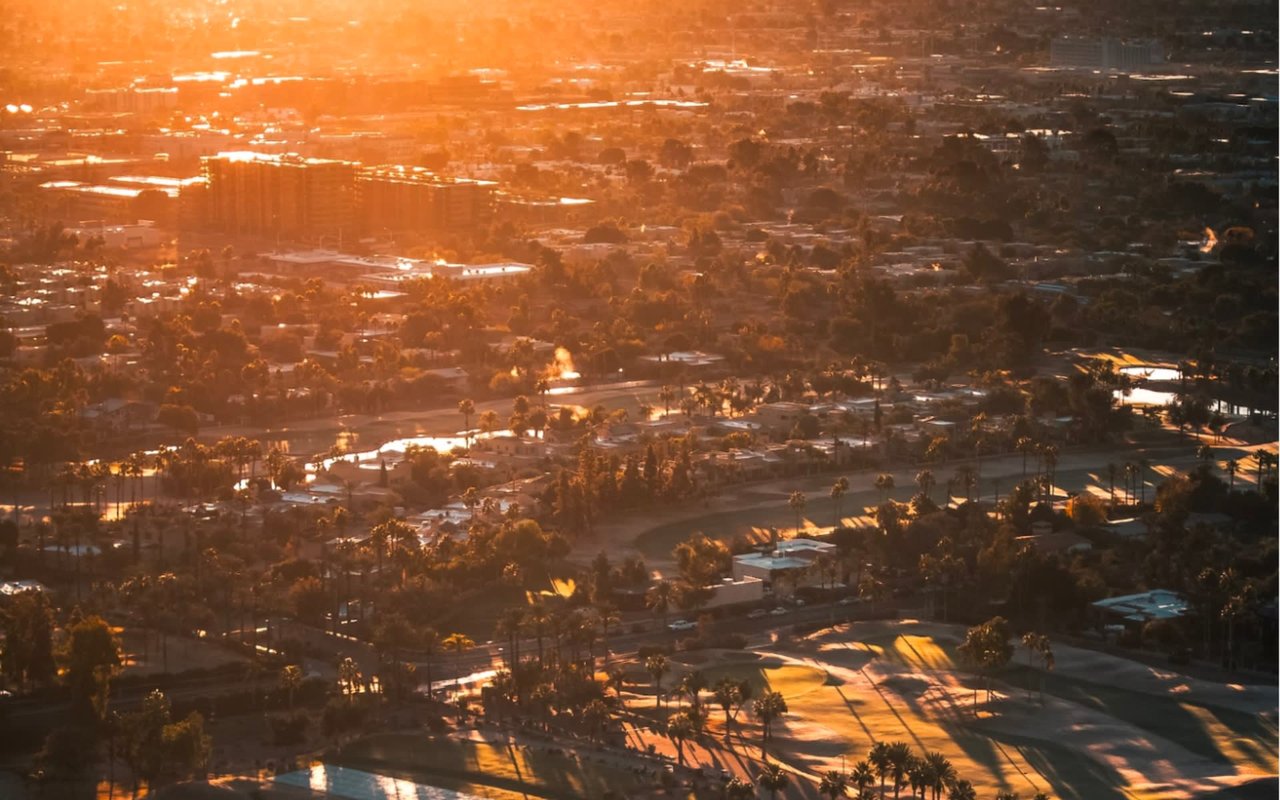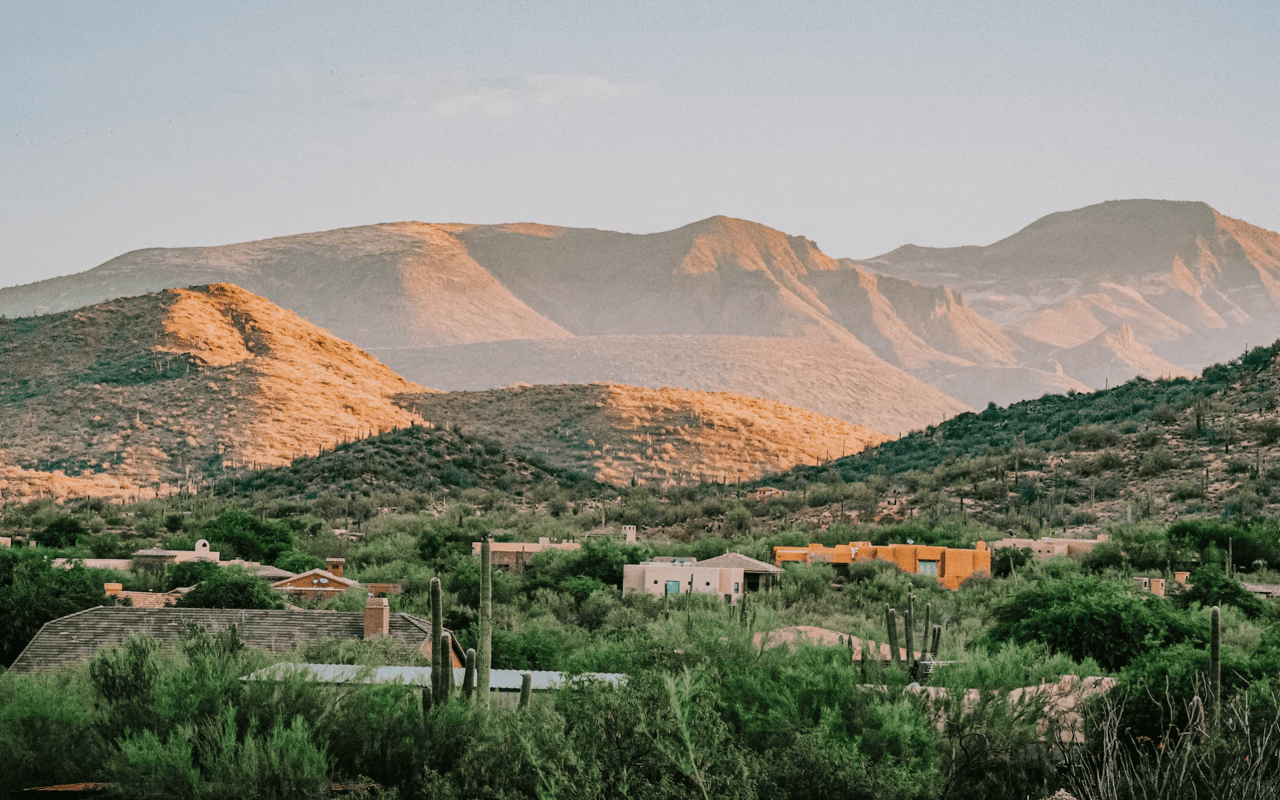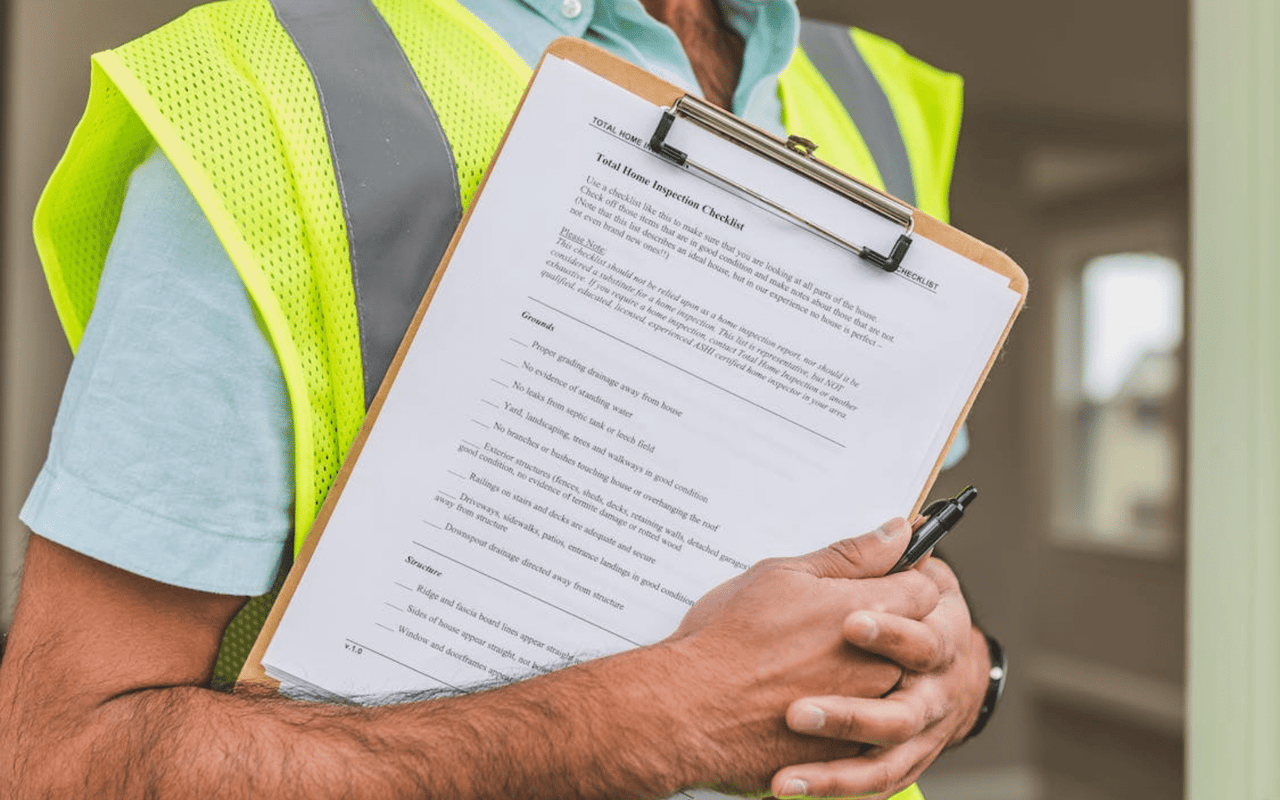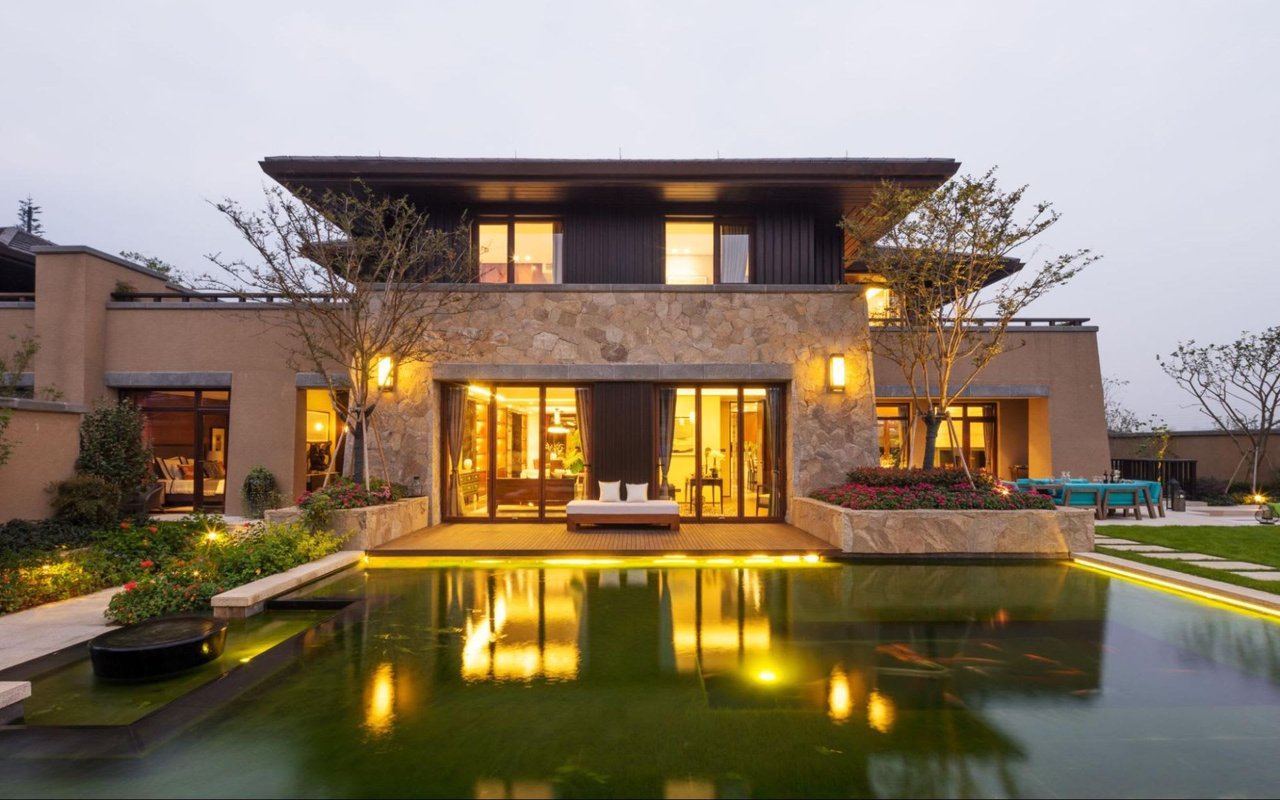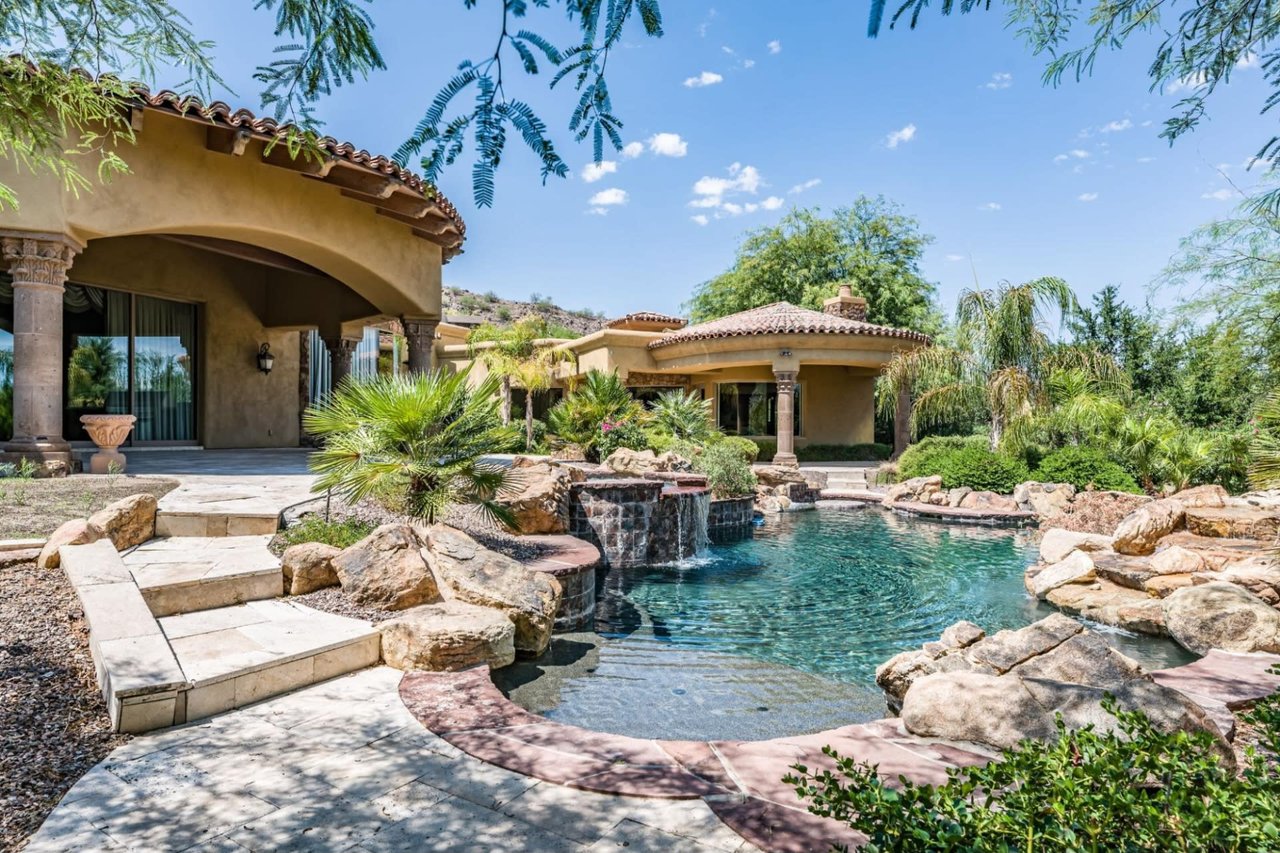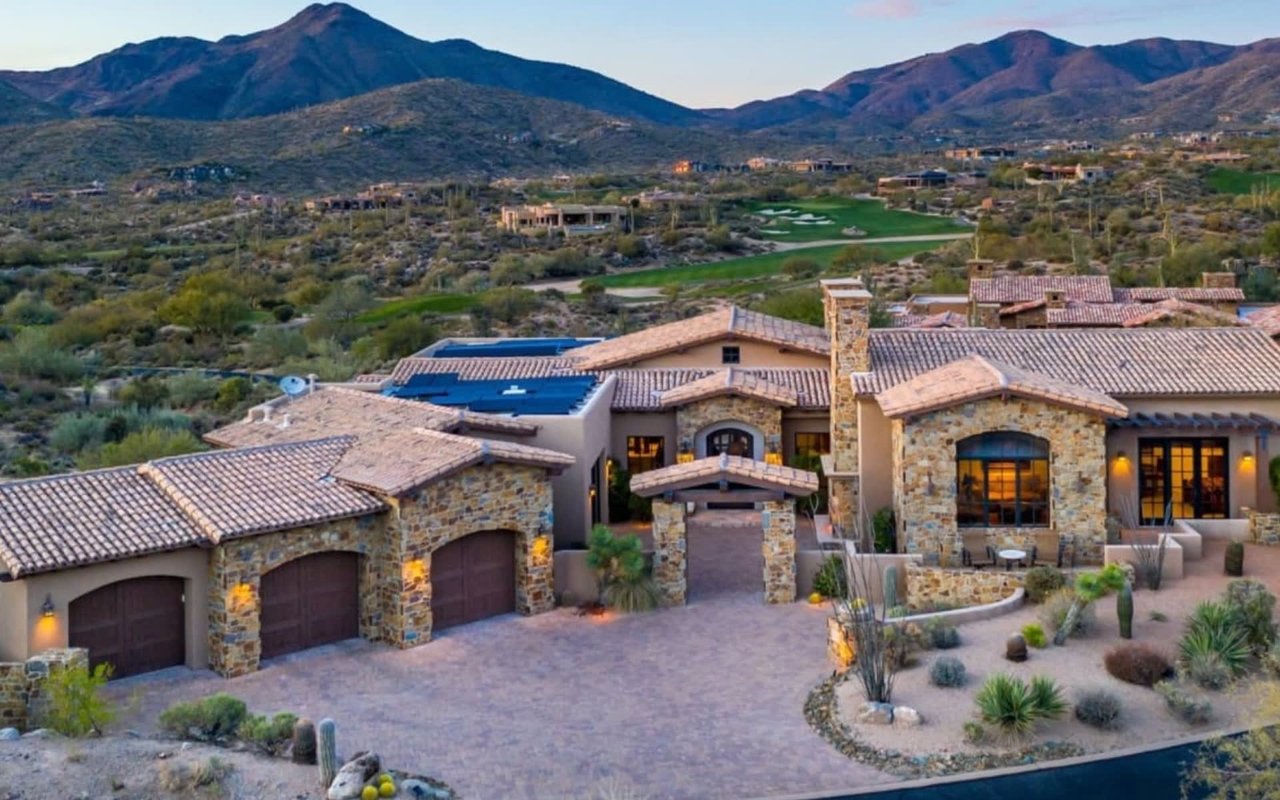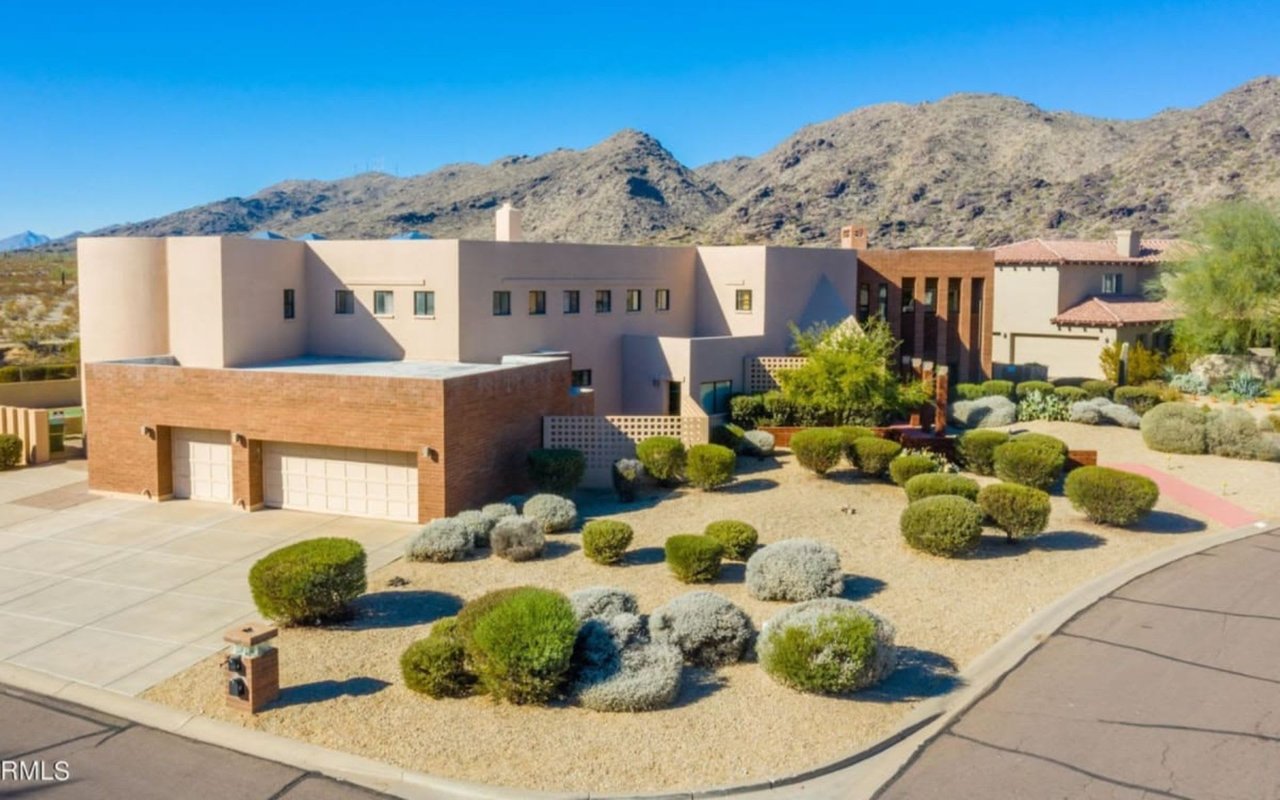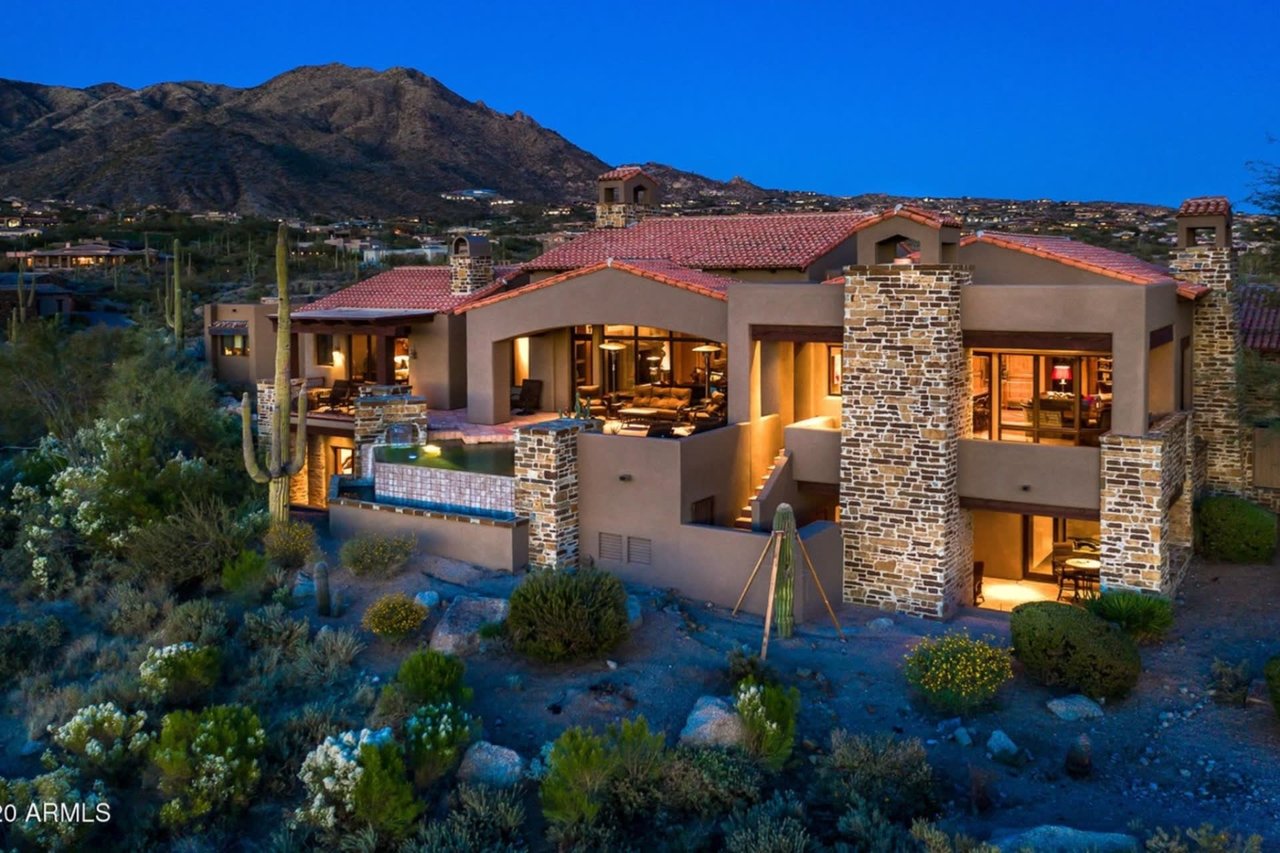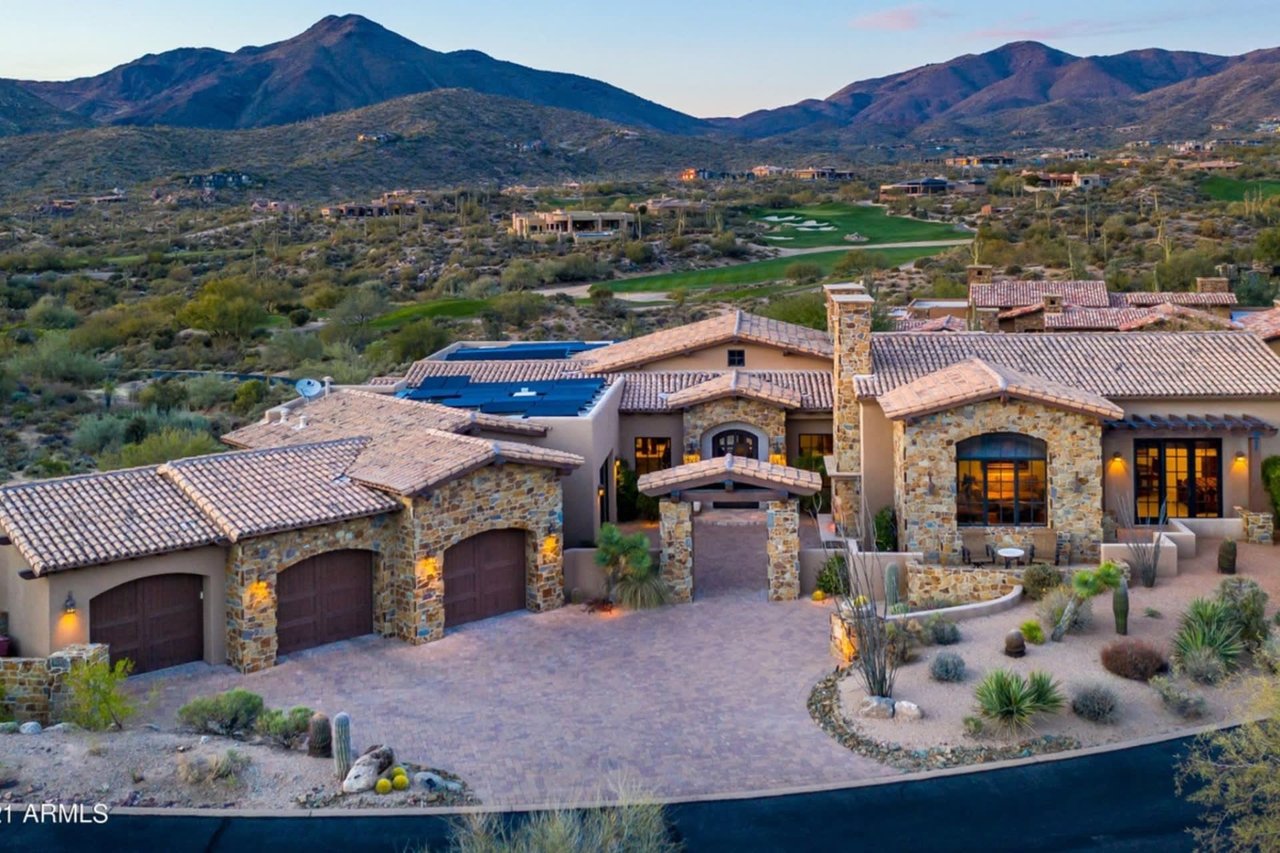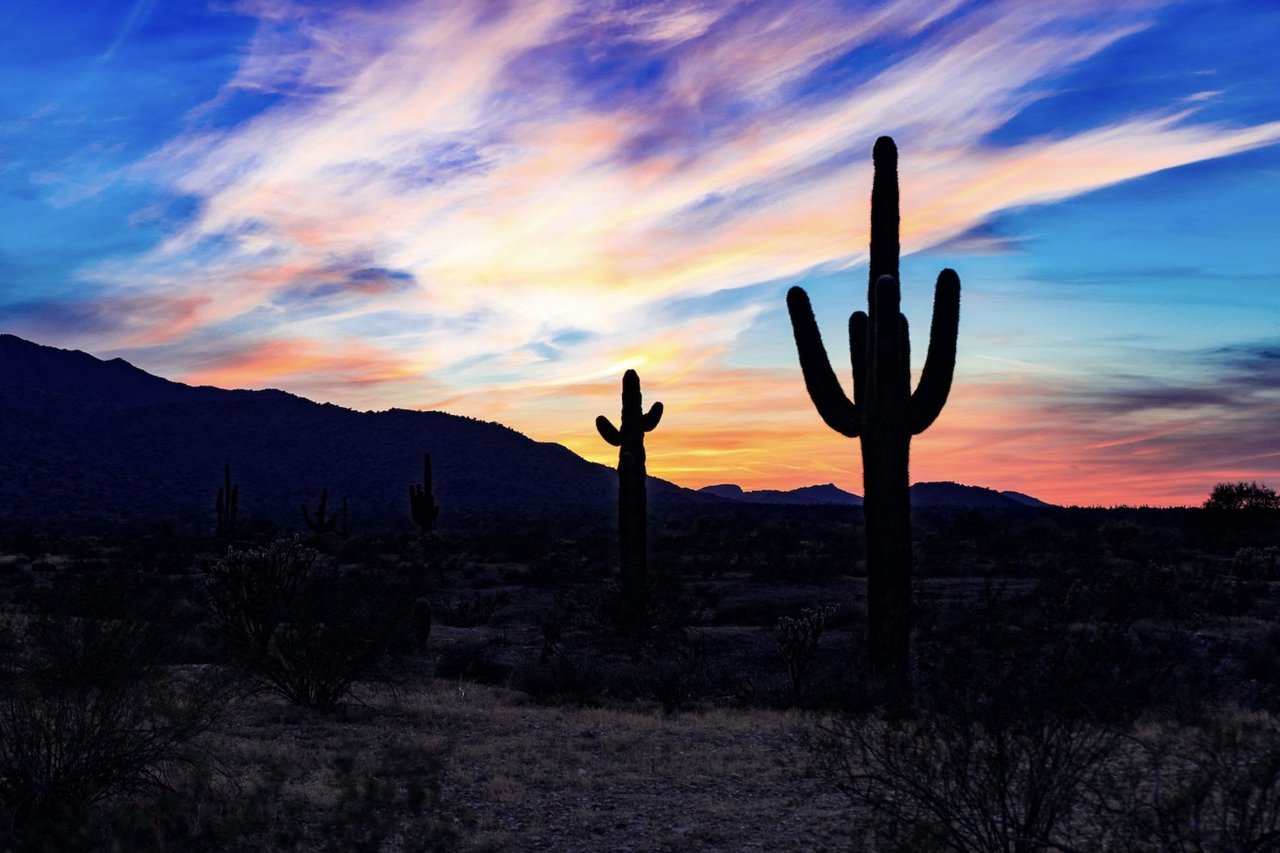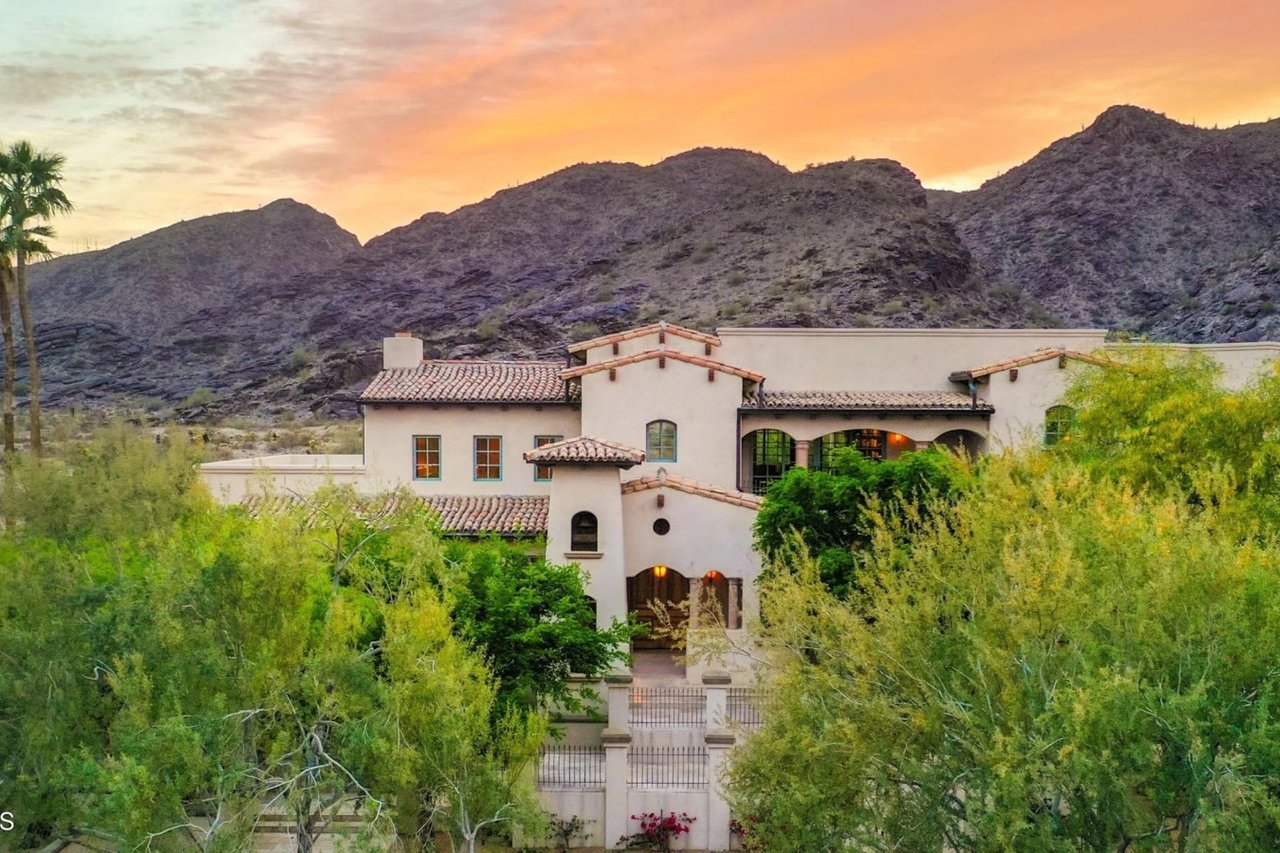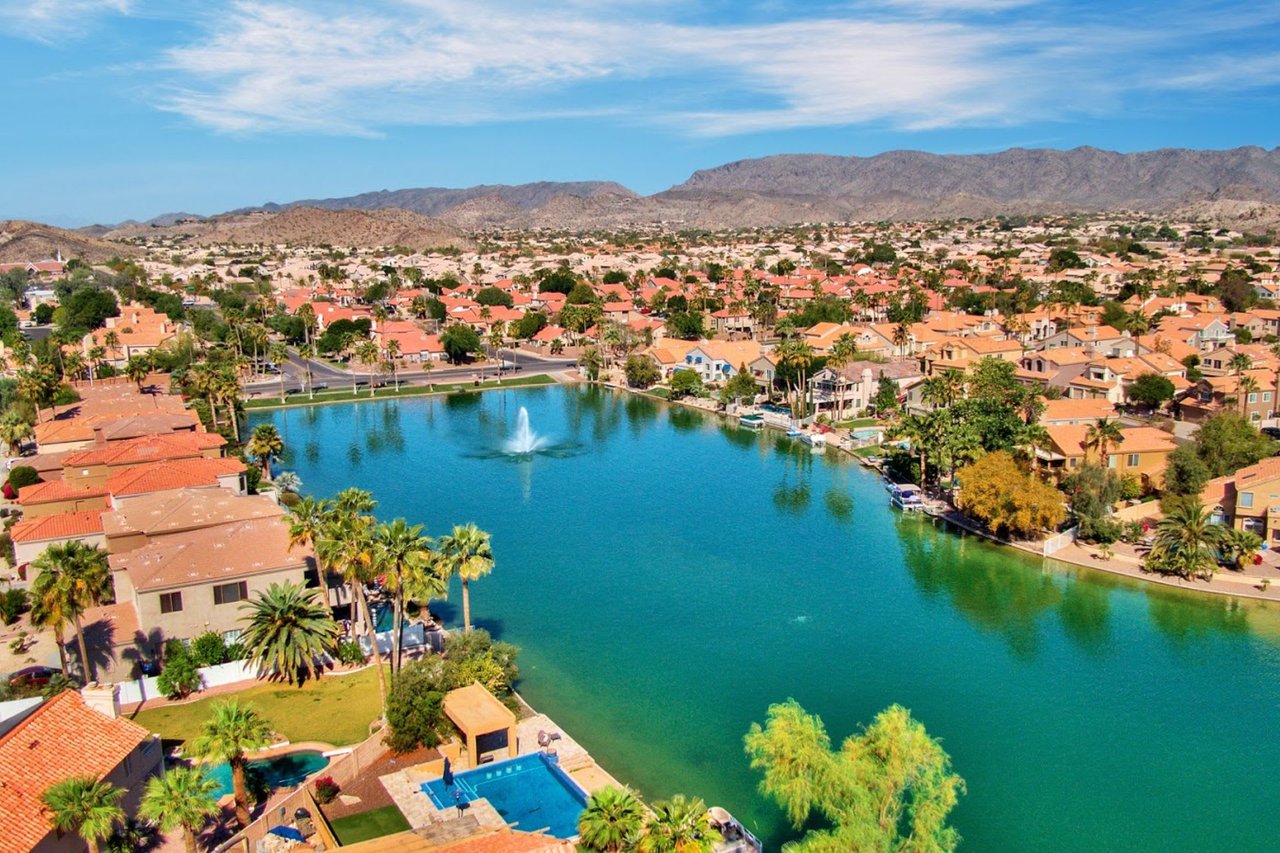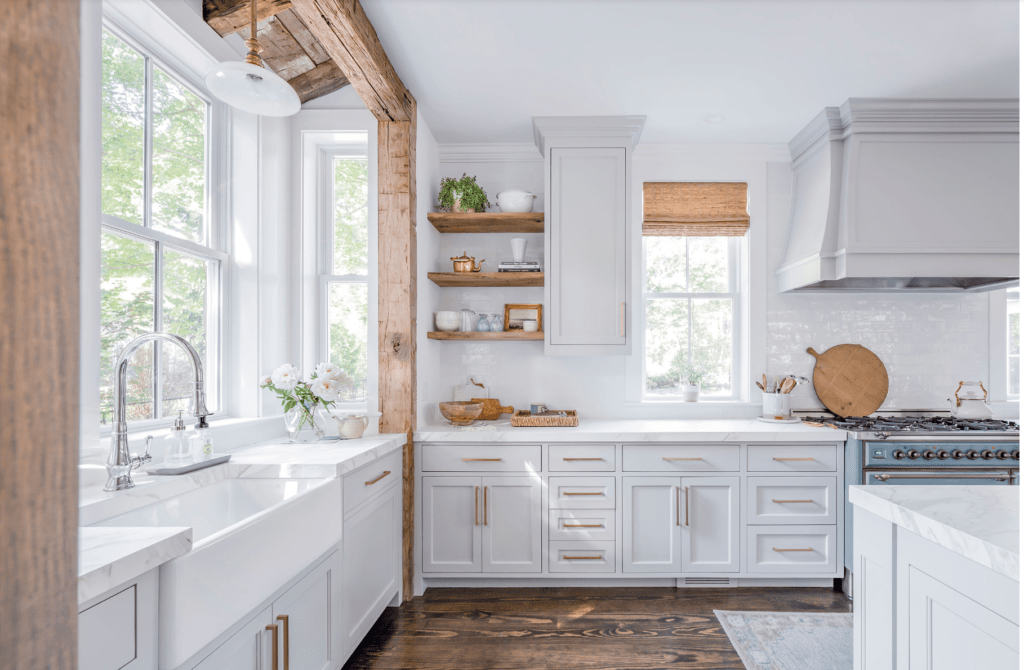For some, there’s no beauty like the landscapes of a natural desert. The geological formations and plant life here are like none other, helping to create a unique aesthetic and backdrop for your desert home. The warm, dry climate is a welcome atmosphere for those who seek it.
Living in a desert climate has aspects beyond appearances, especially regarding water conservation. In the desert, water scarcity means that conservation is a must. Let local agents Mary Jo Santistevan and Mike Santistevan (of the Santistevan Group) weigh in on the best ways to save water when you choose life in the desert.
Favor native plants instead of a traditional lawn
Clearly, water is a scarce commodity in the desert. As a homeowner, the easiest way to alleviate the water shortage is to forego a traditional lawn. And as a homebuyer, you are likely to find Chandler homes for sale and Gilbert homes for sale whose owners are water-conscious.
Fortunately, there are many beautiful native plants you can install as part of your landscaping. A few of the most iconic Phoenix plants are:
Saguaro cactus
Paloverde tree
Desert willow
Ocotillo
Creosote bush
The desert fairy duster, tufted evening primrose, firecracker penstemon, desert marigold, white desert plumbago, Arizona poppy — there’s a universe of plants native to the desert. Many are low maintenance. Combined with native rocks and shrubbery, they can give your yard a magnificent landscaped look that is eco-friendly and water-conscientious.
Build a deck or patio
Alternatively, consider pouring concrete patios, which will also take up a large part of where the lawn would be. Adorn the outside of the deck or patio with desert rocks and paving stones, and you’ll never ever have to even think about watering a lawn again.
Take shorter showers
One water-saving tip is to have a shower timer installed. These can be set at minute increments to either shut off the water or remind you to do so when you’ve exhausted your allotted shower time. Shorter showers can be undertaken, going a long way in saving your water resources.
Consider using recycled “greywater” for household needs
But that doesn’t mean that this water has to go to waste. It can become greywater, a term used in reference to the relatively clean wastewater from baths, sinks, washing machines, and other appliances. Homeowners who install greywater collection systems can repurpose greywater for watering plants, washing cars, and cleaning outdoor areas.
Greywater systems can be expensive to install — $2,500 on average and up to $20,000 for a state-of-the-art system. For recycled water to be a pragmatic solution, you need to collect the greywater, filter out harmful chemicals, and redistribute it (homeowners are advised not to use greywater on edible plants or plants susceptible to disease).
Reuse linens as much as possible
Don’t wash towels after a single use. You can safely reuse a bath towel at least three times before it even starts to mildew. A family that launders their towels after a single use will have their washing machine running a lot more often than a family that gets at least two or three uses from their towels. Families that follow this water-saving tip will notice a reduction in their water consumption, resulting in a lower utility bill.
What’s next?
*Header photo courtesy of The Santistevan Group

